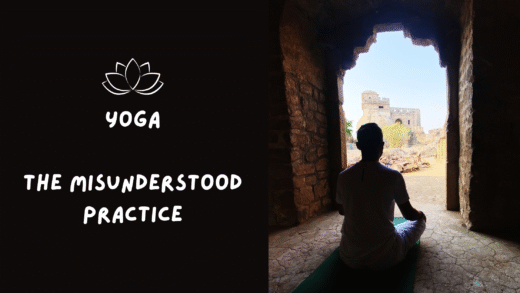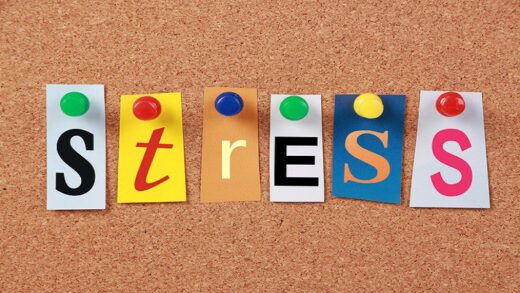In the realm of healthy eating, a common phrase I encounter is, “I only eat home food.” But we all know that home-cooked does not necessarily equate to healthy. Isn’t it? While it might be more hygienic, the healthiness revolves around WHAT you eat. Unfortunately, finding an Indian thali with the right proportion of different items can be a BIG challenge. Let’s dig deeper a bit.

𝗜𝗺𝗽𝗮𝗰𝘁 𝗼𝗻 𝘁𝗵𝗲 𝗜𝗻𝗱𝗶𝗮𝗻 𝗧𝗵𝗮𝗹𝗶: 𝗙𝗿𝗼𝗺 𝗚𝗿𝗲𝗲𝗻 𝗥𝗲𝘃𝗼𝗹𝘂𝘁𝗶𝗼𝗻 𝘁𝗼 𝗠𝗼𝗱𝗲𝗿𝗻 𝗗𝗶𝗲𝘁𝘀
In the 1940s, India faced a severe food crisis, resulting in millions of deaths. To combat this, the Green Revolution emerged in the 1960s, aimed at boosting agriculture, increasing food production, and reducing hunger. The Green Revolution was a huge success. It made India self-sufficient, significantly raised food production, and improved farmers’ incomes. However, it came with its share of problems. The heavy use of chemicals led to soil and water issues, and a focus on specific crops reduced farming variety, impacting biodiversity.
While the revolution successfully increased rice and wheat production, it led to a dietary shift away from nutrient-rich crops like millet. Coupled with an increase in processed foods, this shift contributed to health issues like obesity and diabetes in modern India. Traditional Indian diets are known for their variety, incorporating different grains and legumes. Unfortunately, modern lifestyles often result in less diverse eating patterns, leading to potential nutritional deficiencies and an increased risk of chronic diseases.
Here are three major challenges with the Indian thali today::
- Excessive Carbs: The excessive usage of Rice or Roti is the most common culprit in the Thali, often the main cause of your cute belly.
- Insufficient protein: Protein deficiency is a significant issue in our everyday meals. Unless you consume eggs, meat, or paneer/soya regularly, your protein intake might be lacking.
- Overuse of Spices: A century ago, robust spices were a dietary necessity. However, in today’s sedentary lifestyle with minimal exercise, the excessive use of spices can be more detrimental than beneficial to our bodies.
On top of all this, sedentary jobs with long sitting hours and almost no physical activity made things more difficult – The lack of movement can lead to weight gain, muscle weakness, and a higher risk of chronic conditions such as diabetes and cardiovascular diseases.
So, in pursuing Healthy Eating, let’s not misunderstand “Home food” with a balanced diet.
To truly embrace the potential of Indian meals, it’s crucial to strike a balance in carbohydrate intake, ensure an adequate protein supply, and be mindful of spice consumption. So, unless your plate resembles diverse elements with ample legumes and a variety of ingredients, it might be high time to reconsider what’s on your plate.
Remember, a well-rounded thali is the key to a healthier you!
Take care!
Connect with me on LinkedIn !



Recent Comments